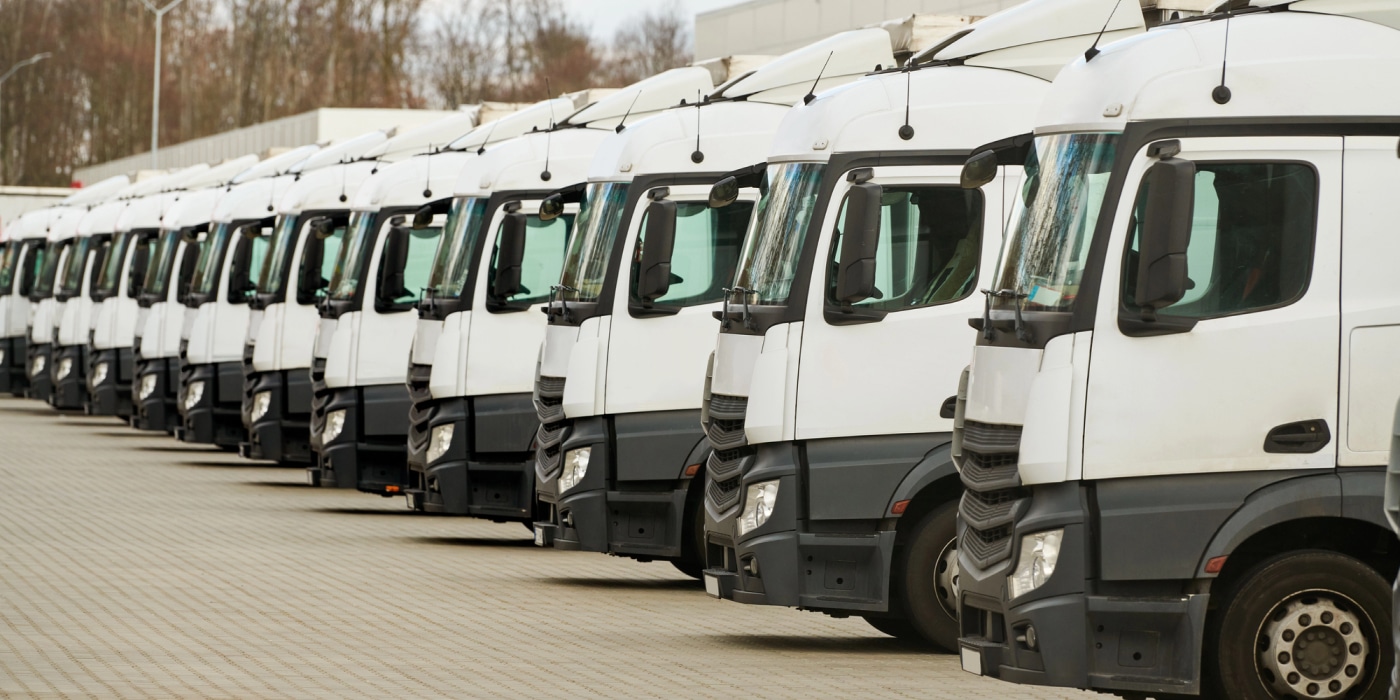Scaling Your Delivery Fleet For eCommerce Growth
As eCommerce continues to grow, retailers face increasing pressure to meet customer expectations. Eighty-five percent of eCommerce retailers report that consumers’ growing delivery expectations have affected their operations, according to a recent InsureShield Shipping Insurance report. With more consumers shopping online and expecting faster delivery times and seamless shopping experiences, retailers are increasingly expanding their delivery operations. Scaling effectively is the key to unlocking growth without sacrificing customer satisfaction.
Here’s a look at how retailers can successfully scale their in-house delivery fleets in a way that supports growth while maintaining service quality.
Analyze Your Current Delivery Performance
Before making big investments in more vehicles, drivers, or technology, retailers need a clear understanding of how their current delivery operation is performing. Track your delivery volume over time to understand order frequencies, growth rates, and regional differences. This helps forecast when and where you’ll need more capacity. For example, if volume is doubling every 6 months, your current fleet size will quickly become a bottleneck. Certain areas may be growing faster than others. Analyze delivery density across different zones or zip codes. This data can help you plan for zone-based routing or establish micro-fulfillment hubs where needed.
If your fleet is underutilized, scaling might require better planning, not more vans. If you’re already using all of your resources, you’ll need to expand or rethink logistics zones. Assess how well you’re meeting promised delivery windows by tracking on-time delivery rates, driver performance, and missed or delayed deliveries. Delays could indicate issues such as poor routing, bad inventory placement, or understaffing, that will get worse as volume increases. Use post-delivery surveys to gather customer insights into delivery performance and areas for improvement. Analytics tools help companies track key metrics, identify trends, and improve delivery efficiency.

Build a Flexible Fleet Foundation
A flexible fleet model gives retailers the agility to respond to surges in demand, expand into new markets, and test new delivery models without overwhelming costs or overcommitting resources. Flexibility is key to staying nimble and meeting customer expectations. Rather than relying solely on owned vehicles and full-time drivers, create a hybrid fleet model consisting of in-house drivers as well as gig workers, third-party logistics providers, and contract workers. Temporary drivers can help businesses scale quickly during peak seasons, sales events, or unexpected demand spikes.
Consider different vehicle types and delivery methods depending on the area. For example, smaller vehicles like cargo bikes or scooters in dense urban areas can help increase delivery speed and efficiency while reducing costs. A flexible fleet model depends on smart resource allocation. Use predictive analytics to forecast order volumes based on historical trends, weather, or seasonality. Adjust driver schedules and fleet size based on predicted volume and reallocate underused vehicles between different service areas or fulfillment centers to avoid asset idle time.
Implement Scalable Technology
As your delivery operation grows, so does its complexity. It requires more vehicles, more drivers, more routes, and thousands more customer touchpoints. Without the right systems in place, small inefficiencies compound and meeting customer demands become more difficult. Manual route planning is inefficient and prone to human error. However, route optimization platforms can automatically assign the most efficient delivery routes based on real-time traffic, distance, time windows, and vehicle capacity. Real-time route optimization allows businesses to re-optimize dynamically throughout the day due to cancellations, delays, or weather disruptions.
As your fleet expands, it’s critical to maintain real-time visibility into every delivery. Visibility tools offer real-time tracking for fleet assets and live ETAs for customers. Customer notifications keep customers informed of any late deliveries. This kind of transparency reduces missed deliveries and improves customer satisfaction. Driver mobile apps provide drivers with all of the tools they need to complete their daily tasks. Cloud-based delivery management software allows companies to manage, orchestrate, and track deliveries from a centralized location, increasing visibility and efficiency.
Scaling an in‑house delivery fleet in order to adapt to eCommerce growth requires a balanced blend of flexible assets, fleet analysis, and scalable technology. With the right mix of data-driven insights, planning, and agility, retailers can meet eCommerce demand head-on while building a delivery network that drives loyalty and growth.
For more information about how our delivery management solution can help you manage your delivery operations more efficiently, please contact info@bringoz.com.
